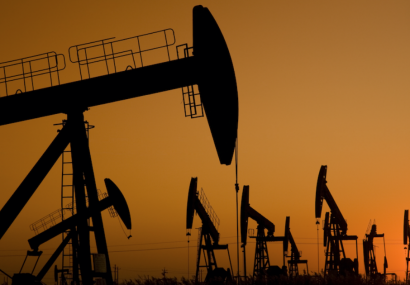The quarterly auction in California’s cap-and-trade market for greenhouse gases, conducted May 18, 2016, fell drastically below the expected $150 million, providing only $10 million for state programs, including $2.5 million for the bullet train. Buyers purchased only 2 percent of the carbon credits available. For the first time, the California Air Resources Board’s (CARB) auction fell short of its floor price.
The California Cap-and-Trade Program was implemented to reduce greenhouse gas (GHG) emissions from major sources (covered entities) by setting a firm cap on statewide GHG emissions while employing market mechanisms to cost-effectively achieve the emission-reduction goals. The statewide cap for GHG emissions from major sources, which is measured in metric tons of carbon dioxide equivalent (MTCO2e), commenced in 2013, to achieve GHG emission reductions throughout the program’s duration.
Governor Brown had submitted a plan to spend $3.1 billion in auction proceeds in 2016-17, both leftover funds from past auctions and an estimated $2 billion from those during the fiscal year. The plan covered a wide variety of projects and programs, including a major allocation to support the state’s High-Speed Rail Project. The quarterly auction, conducted on May 18, 2016, revealed that instead of the $150 million expected by the state, only $10 million would be provided for state programs with $2.5 million towards the bullet train.
Regardless of the cause that led to lack of purchasers, the auction is a stark example from the uncertainty of depending on positively-traded carbon credits to fund state programs, including constructing the $64 billion bullet train, an issue highlighted in recent legislative testimony by the Legislative Analyst’s Office.
(Jonathan Shardlow)




